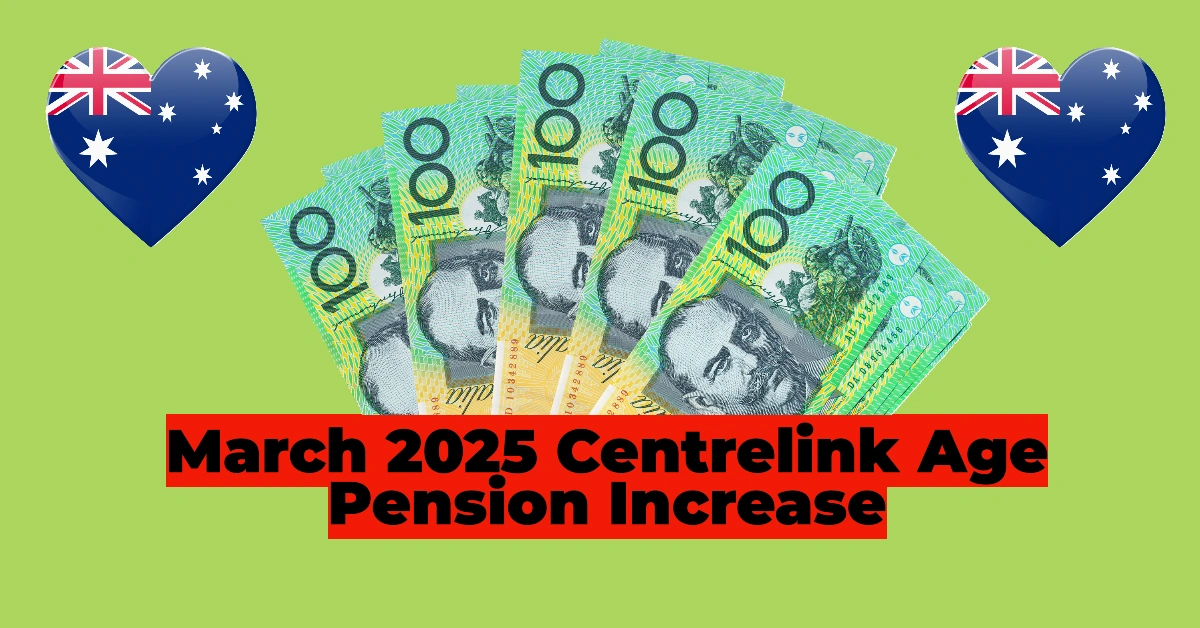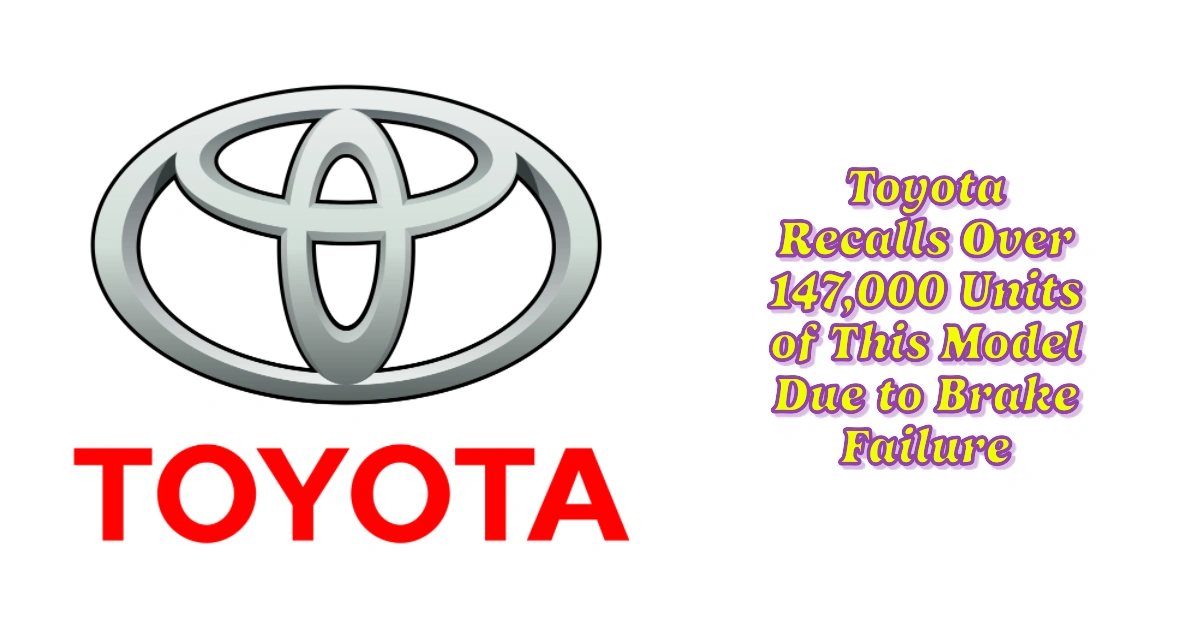The Canada Emergency Response Benefit (CERB) provided essential financial support to millions of Canadians during the COVID-19 pandemic. However, some individuals who received CERB payments may now find themselves unable to repay the amount they owe due to financial difficulties. If you’re struggling to repay CERB, there are options available to you, including potential repayment forgiveness. Here’s what you need to know about your options.
Table of Contents
Understanding CERB Repayment Requirements
CERB repayment is required for those who received the benefit but were later found to be ineligible. This could happen if:
- You returned to work sooner than expected.
- You earned more income than the eligibility threshold.
- You received multiple CERB payments from different sources (e.g., CRA and Service Canada) for the same period.
While the Canada Revenue Agency (CRA) expects repayment of ineligible CERB funds, they understand that some people may be facing significant financial hardship.


Can CERB Repayment Be Forgiven?
As of now, there is no blanket CERB repayment forgiveness program in place. However, the government has shown some flexibility in dealing with repayment issues, particularly for those who received the payment in good faith but are unable to repay due to financial difficulties. If you’re in this situation, here are the options you can explore:
1. Contact the CRA for Assistance
The first step if you’re unable to repay CERB is to contact the CRA directly. The CRA may offer flexible repayment terms or even defer payments based on your financial situation. They understand that many Canadians are still recovering from the economic impacts of the pandemic, and they may work with you to find a manageable repayment plan.
2. Request a Repayment Plan
If you can’t repay the full amount immediately, you may be eligible to set up a repayment plan with the CRA. This plan can spread out the payments over a period of time that suits your financial situation, helping you avoid the immediate burden of a lump-sum payment.
3. Seek Financial Hardship Relief
If you are experiencing severe financial hardship, you may be eligible for relief from repayment. This could involve a reduction in the amount you owe or a temporary suspension of payments. To apply for financial hardship relief, you’ll need to provide detailed information about your income, expenses, and financial situation to the CRA.
4. Check for Updates on Government Relief Measures
The Canadian government has periodically introduced new relief measures in response to the ongoing economic challenges faced by Canadians. Stay informed about any updates or announcements that could affect your CERB repayment obligations. It’s possible that new programs or policies could be introduced to assist those struggling with repayment.
5. Explore Legal Advice
If you’re unsure of your rights or need assistance navigating the repayment process, consider seeking legal advice. Organizations like legal aid services or financial counseling agencies can provide guidance on how to approach your CERB repayment and explore options for forgiveness or relief.
Potential Options for CERB Debt Relief
If you’re struggling with CERB repayment, consider these possibilities:
- Student CERB Debt Reduction: If you were a student in 2020, you might be eligible for a reduction or forgiveness of your CERB debt. You can find more information and the application process on the Canada.ca website.
- Contact the CRA: If you believe you qualify for CERB or have other extenuating circumstances, contact the Canada Revenue Agency (CRA) directly. They may be able to work with you on a payment plan or review your case.
- Seek Professional Advice: If you’re facing significant financial challenges, consider consulting with a Licensed Insolvency Trustee. They can assess your situation and offer potential solutions, such as a consumer proposal or bankruptcy.
CRA OTB Notice: What It Means and How to Respond
What Happens If You Don’t Repay CERB?
Failing to repay CERB could lead to various consequences, including:
- Interest and Penalties: Unpaid CERB amounts may accrue interest, increasing the total debt you owe.
- Tax Refund Garnishment: The CRA may apply any future tax refunds or government benefits you are eligible for against the CERB debt.
- Collection Actions: In extreme cases, the CRA may initiate collection actions, such as garnishing wages or seizing assets.
If you’re struggling to repay CERB, it’s important to know that you have options. While there is no automatic forgiveness for CERB repayments, the CRA is willing to work with Canadians facing financial difficulties. By contacting the CRA, requesting a repayment plan, seeking financial hardship relief, and staying informed about potential government relief measures, you can manage your repayment obligations in a way that minimizes financial stress. If needed, don’t hesitate to seek legal or financial advice to explore all available options.







